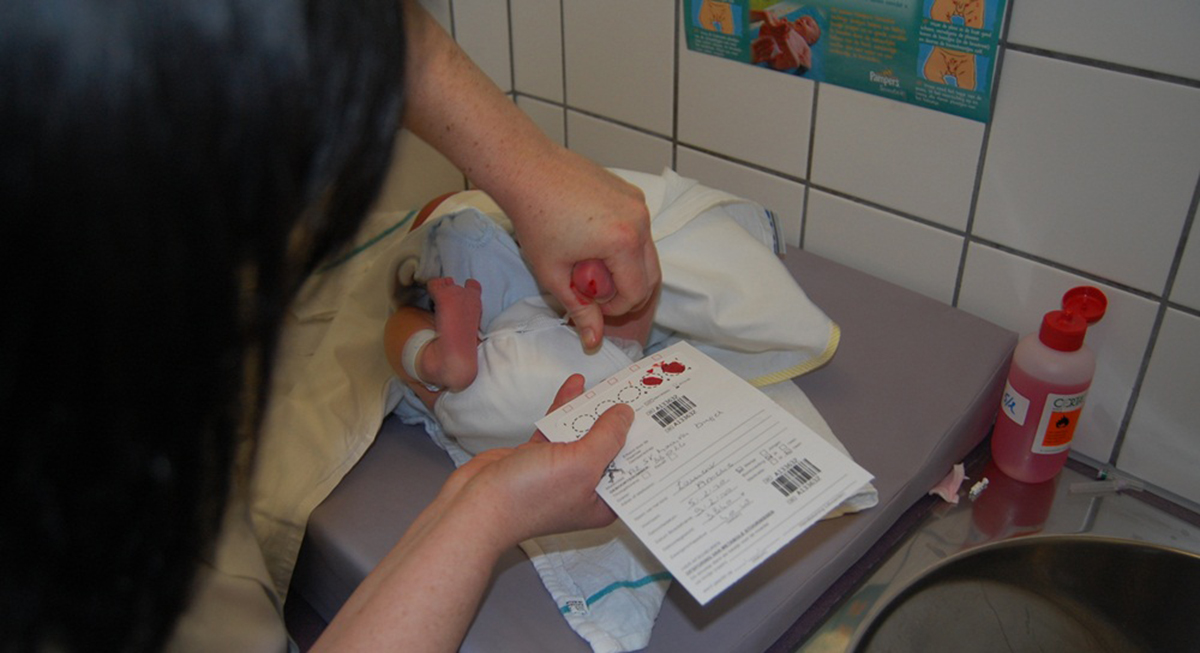Table of Contents
Metabolic diseases of genetic origin could cause systemic effects, targeting all parts of the body. Generally, those diseases are caused by the deficiency or lack of a specific enzyme that is supposed to catalyze the metabolism of one product to another. As a result, the original product ends up building up in our cellular organelles, causing microscopic defects with macroscopic effects.

Examples of genetic metabolic diseases are phenylketonuria (PKU) and Maple Syrup Urine Disease. We could also mention other metabolic diseases such as Menkes Disease or Lesch-Nyhan Syndrome. Lastly, there is a specific group of metabolic diseases affecting the brain that are classified as Glycogen Storage Diseases. These diseases are caused by a defect in the processing, synthesis and breakdown of glycogen (body store of glucose) in the liver, muscles and adipose tissue. They are generally inherited, although some of them could be acquired due to intoxication with some dangerous herb-derived products.
Neuromuscular Diseases
In children, neuromuscular defects generally stem from genetic abnormalities that cause alteration in the structures of nerves and muscles. They are the leading cause of physical disability in children. Examples of genetic defects that cause neuromuscular diseases in children are: congenital myasthenial syndrome, Duchenne Muscular Dystrophy, congenital myopathies and inherited spinal atrophies.
In this section, we could also mention diseases that are caused by incomplete formation of the spinal cord. These include spina bifida, spina bifida occulta, meningocele, meningomyelocele. Such conditions can be diagnosed in utero or at birth.
Traumatic/Environmental Diseases
Neurological disorders in children can also be caused by an actual physical injury to the brain that occurs secondary to blunt trauma or accidents. It can also refer to brain diseases that are caused to prolonged exposure to toxic metals either in utero or in everyday life.
See Also: Spina Bifida-Treatment and Prognosis
Similarly, there are paint chips and toys made of lead and to which children are exposed in their toddler years. This could also lead to brain damage depending on the level and chronicity of the exposure. Research has demonstrated that such environmental exposure can play a role in the development of diseases such as Attention Deficit Hyperactivity Disorder (ADHD), cerebral palsy, learning impairment and development delay.
Dealing with a child who suffers from a neurological disorder or any brain impairment of any sort is not an easy task. Children are known to be playful, joyful and full of life, and suffering with a paralyzing disease can negatively affect that charisma. It is particularly important for parents to remain as attentive and loving, but most importantly, extremely sensitive to their children’s interaction with their entourage, as this could determine how well they cope with their stigmatizing impairment for the rest of their lives.
- Photo courtesy of Lance Neilson by Flickr : www.flickr.com/photos/wactout81/5594698312
- Photo courtesy of Stevenfruitsmaak by Wikimedia Commons : en.wikipedia.org/wiki/Neonatal_heel_prick#mediaviewer/File:Neonatal_heel_prick_Flanders.jpg
- http://www.mayo.edu/research/departments-divisions/department-neurology/programs/division-child-adolescent-neurology
- http://en.wikipedia.org/wiki/Category:Neurological_disorders_in_children
- http://www.hopkinsmedicine.org/neurology_neurosurgery/centers_clinics/pediatric-neurology/
- www.nortonhealthcare.com/commonneurologicaldisorders


Your thoughts on this